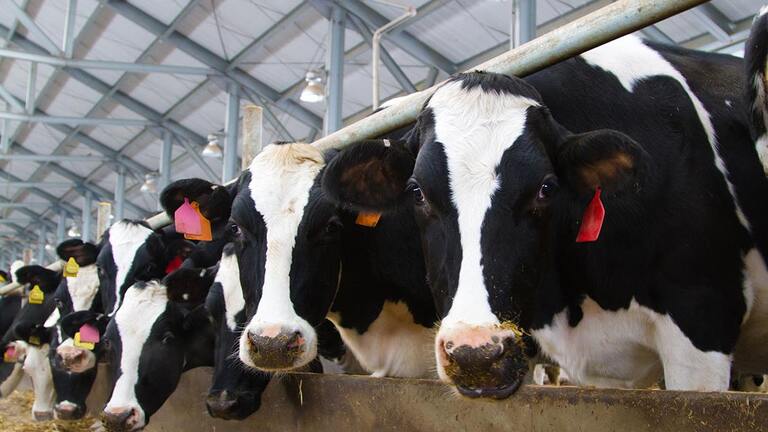The February issue of Current Agrosystems (Russia) came out with an interesting article titled Technologies of oilseed pressing and their effect on the nutritional value of the press cake.
The article is a result of a collaboration between Farmet a.s. and the Faculty of Agrobiology, Food and Natural Resources, Czech University of Life Sciences in Prague.
A purely mechanical way to process oilseeds keeps gaining in popularity, in particular with small and medium scale producers, for processing locally grown crops. In the past, producers aimed their effort in two directions: The first was to achieve the highest possible oil yield via pressing at hot temperatures. The second was to gain a high-quality oil that is rich in vitamins, enzymes, antioxidants, but low in phospholipids. The latter priority is fulfilled by the cold pressing technology, in which the resulting high quality oil comes at a cost of a lower yield.
Currently, emphasis is being increasingly put on the quality of the press cake as a resource for the animal feed and food industries. The goal of the oilseed processing here is to secure the best digestibility of the cake. For such processing, extrusion has proven to be the most effective method, bringing about a number of benefits for the pressing process. Extrusion causes the disruption of cellular structures, thus increasing oil yield in the subsequent pressing step. Furthermore, the seeds are sterilized as the germs (bacteria, mould, and other pests) are destroyed during extrusion. Also reduced are antinutritional substances. All of this leads to a significantly better digestibility of extruded products, both for monogastric animals, where this is achieved by the denaturation of proteins, and for polygastric animals, by creating the by-pass protein effect.
The link to the original article and its translation can be found in the attachments.
